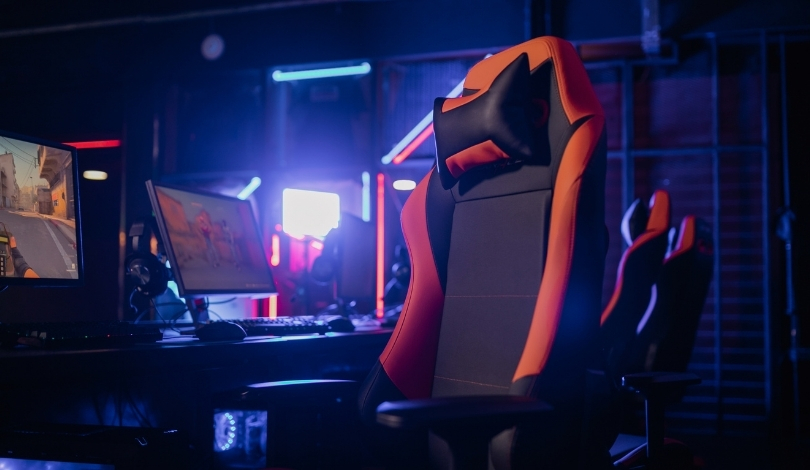Many players have voiced opinions about the use of yellow paint and other visual cues in modern videogames, sparking debate about how guidance should work in game design. The discussion is especially relevant as new titles, such as The Witcher 4 from CD Projekt Red (CDPR), take shape. Designers often balance artistic goals and the need to help players understand navigation intuitively. With each new installment, expectations grow for immersive worlds that still feel accessible to all player types. Carefully hidden guidance elements allow for increased exploration and can sustain the illusion of a seamless world, without confusing or frustrating players.
Earlier news reports on level design in The Witcher franchise highlighted CDPR’s growth from reactive adjustments made during The Witcher 3’s development, such as the late addition of white decals for navigation, to more sophisticated approaches in recent expansions like Phantom Liberty. Comparisons were often made with other titles—for example, Assassin’s Creed Shadows, which initially omitted clear climbing cues but reintroduced them after players struggled. Discourse around such mechanisms remains active as studios search for balance between storytelling, player autonomy, and accessible game environments.
How Has CDPR’s Approach to Guidance Changed?
Level design in earlier CDPR games was less formulaic, with the team relying on intuition rather than established industry techniques. The Witcher 3 had limited overt player guidance, only employing visual markers such as white decals later in the development process. According to Miles Tost, Level Design Lead on The Witcher 4, the team gradually integrated industry standards and refined their tools to provide more deliberate, yet subtle, cues.
What Methods Are Used to Guide Players in The Witcher 4?
Current practices focus on a variety of cues, ranging from environmental composition to indirect signals from non-playable characters or gameplay mechanics. Tost points to visual strategies, like compositional line work and diegetic elements—for instance, a flag waving in the wind, as seen in Uncharted games—as effective ways to nudge players without breaking immersion. The goal, he describes, is to utilize an array of subtle guiding tools, allowing navigation aids to blend naturally into the game world.
Is Overt Guidance Still Necessary?
Developers acknowledge that some level of clear direction remains important to avoid player frustration. While CDPR aims to mask cues within the environment, obvious markers like yellow paint are just one tool among many.
“I believe that if you properly weaponise the entire arsenal of your toolkit of guidance as a level designer, then you can subdue each individual element and make it more subtle. And in that case, you get closer to the situation of the player not noticing the guidance,” says Tost.
Subtlety is favored, but the underlying intent is ensuring players do not lose their sense of direction or purpose.
Shifts in CDPR’s design philosophy mirror a broader industry trend towards integrating accessible but invisible navigation cues. Earlier attempts to minimize explicit guidance sometimes resulted in confusion, causing developers to reintroduce more recognizable markers. Subtle guidance techniques, such as structuring in-game architecture or using non-disruptive visual signals, cultivate an experience where players feel both supported and empowered to explore. Players often appreciate the balance between overt and hidden guidance, as it maintains immersion while preventing disorientation. For designers, understanding player expectations and feedback proves crucial in striking that balance.
Whether through the compositional techniques now evident in Phantom Liberty, or a selective mix of visible signals and environmental design, modern games continue to refine how they lead players along intended paths. Player agency is preserved when guidance is nearly invisible but still effective, offering a gameplay experience that is both intuitive and seamless. For those interested in game design, observing these evolving practices across franchise entries—such as The Witcher 4 and its predecessors—offers insights into the challenges of maintaining both immersion and accessibility. Studies suggest that layering multiple subtle cues, instead of reliance on single, obvious markers, yields the most satisfying navigation experience for a broad spectrum of players.










